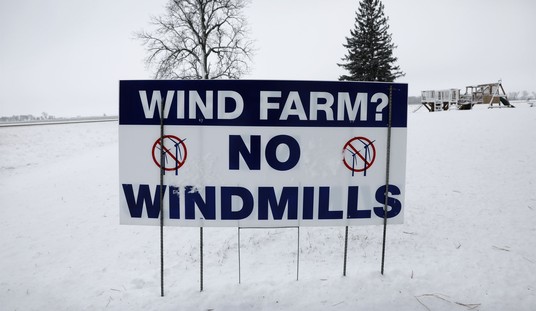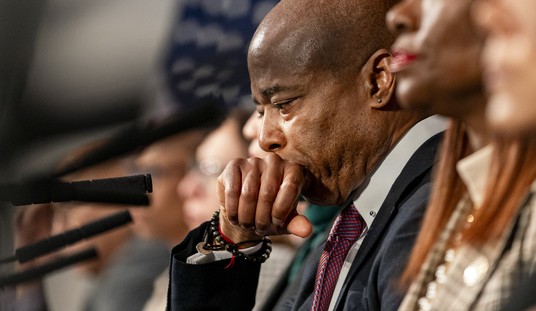The United States is still in the midst of a hot debate over herd immunity, specifically if it’s even possible to achieve and what levels of immunity would be required if it is. We didn’t get much help from Dr. Fauci on that score, since he kept moving the goalposts on a weekly basis. Neither the CDC nor the Department of Health and Human Services has been much help either since nobody appears to be able to agree on a number. But instead of asking all of them to cough up an answer, perhaps we should have been asking the Amish and Mennonite communities in Pennsylvania. According to a new report from the New York Post, health officials in New Holland Borough in southeastern Pennsylvania, famous for being home to those religious communities, claim that they’re already pretty much there. For them, the pandemic is essentially over and they’re going about their business. But if that’s true, how did they do it?
An Amish community in Pennsylvania may have become the first group in the US to achieve herd immunity, a local health official claims.
The administrator of a medical center in the heart of Lancaster County’s New Holland Borough, which is known for its Amish and Mennonite communities, estimates that as many as 90 percent of the religious families have had at least one family member infected with the virus.
“So, you would think if COVID was as contagious as they say, it would go through like a tsunami; and it did,” said Allen Hoover, an administrator of the Parochial Medical Center, which caters to the religious community and has 33,000 patients.
Before getting into the details of how this may have happened, we should note that the medical center that cares for these groups does not have hard testing data to provide absolute confirmation. Due to the reserved, privacy-attuned nature of the members of these faiths, many of them do not volunteer to undergo testing. And the doctors only end up seeing the people who develop more extreme symptoms. But the results still sound rather remarkable.
With that said, how have they gotten to potentially 90% immunity inside their community? Last March, the members initially complied with the lockdown orders issued by the Governor. But barely a month later they were back to attending in-person worship, sharing communion cups and “holy kisses,” as is their custom. Their stores and schools reopened and they attempted to go on with their lives.
The Amish and Mennonites paid a hefty price for that decision to be sure. One physician at the Parochial Medical Center said they were seeing “one patient after another.” The positivity rate among those who were tested exceeded 20%. And even that figure is felt to be wildly inaccurate because only 10% of the church members consented to be tested. The virus raged through the community through the spring, tapered off during the summer, and then spiked again in the fall. They aren’t releasing any figures as to how many people died, but the local medical center was seeing “dozens” of new cases per day during the two peaks of the infection.
But ever since winter set in and up through to this day, the medical staff describes their incidents of new cases as being “few and far between.” There hasn’t been a new patient testing positive in more than six weeks, and meanwhile, the community continues to go about their normal affairs as usual. They still welcome tourists and visitors and life in Lancaster County is largely back to normal.
So is that how the Amish and Mennonites “beat” the novel coronavirus? They simply stuck to their faith and allowed the storm to wash over them. Many were sickened, and it’s almost certain that some of them died, but at this point, they appear to be on the backside of the pandemic. Granted, we’re talking about a largely rural, agricultural area with very low population density (less than six thousand people in the Borough). If you took this approach in a crowded, urban area, the total number of patients would have overwhelmed the hospitals’ ICU capacity and the number of deaths would have made national headlines.
But we should still be asking ourselves if there isn’t something to learn from their experience. As communities around the country finish their vaccination process and reach levels above 70%, those who can’t or won’t be vaccinated would have to go through the same journey that New Holland Borough experienced if we chose to simply return to 100% normalcy. Would the price be too high? Or is that a viable path toward true herd immunity for the entire country? This is a question we’re going to have to answer as a society if we want to truly put this horror show behind us.








